When most people think of Japan, images of bullet trains, sushi bars, and cherry blossoms come to mind. But travel 1,600 kilometers south of Tokyo, and you’ll find Okinawa—a place that feels like a tropical vacation, cultural detour, and historical time capsule all at once.
This is Japan, but not quite like you imagined. Welcome to Japan’s southern paradise—with a twist.
Index
🏖️ Sun, Sand, and Stories: Okinawa’s Unique Vibe
Unlike anywhere else in the country, Okinawa has its own rhythm. Locals call it “Uchina Time”—a slower, more relaxed pace of life where stress isn’t invited. Add year-round warmth, turquoise beaches, and friendly people, and it’s no wonder Okinawa feels more like Hawaii than Honshu.
While the beaches are stunning, what sets Okinawa apart is its distinct mix of cultures—from ancient Ryukyu Kingdom traditions to subtle American influences that still linger today.
🏯 Top Places to Visit
🌉 Shuri Castle
Once the royal palace of the Ryukyu Kingdom, this UNESCO World Heritage site reflects Okinawa’s pre-Japanese history. The bright vermilion gates, tiled rooftops, and ocean-view hilltop location make it both beautiful and meaningful.
Shuri Castle
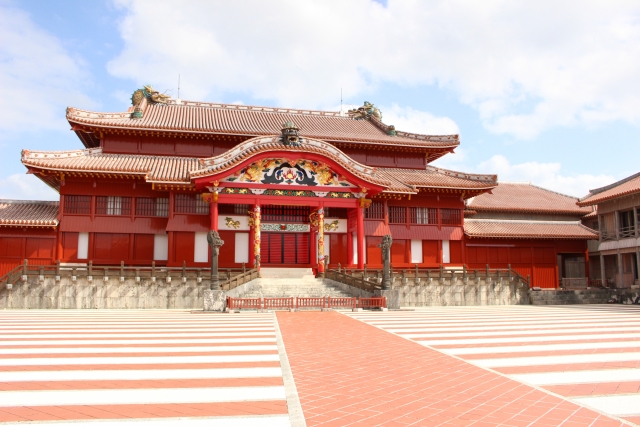
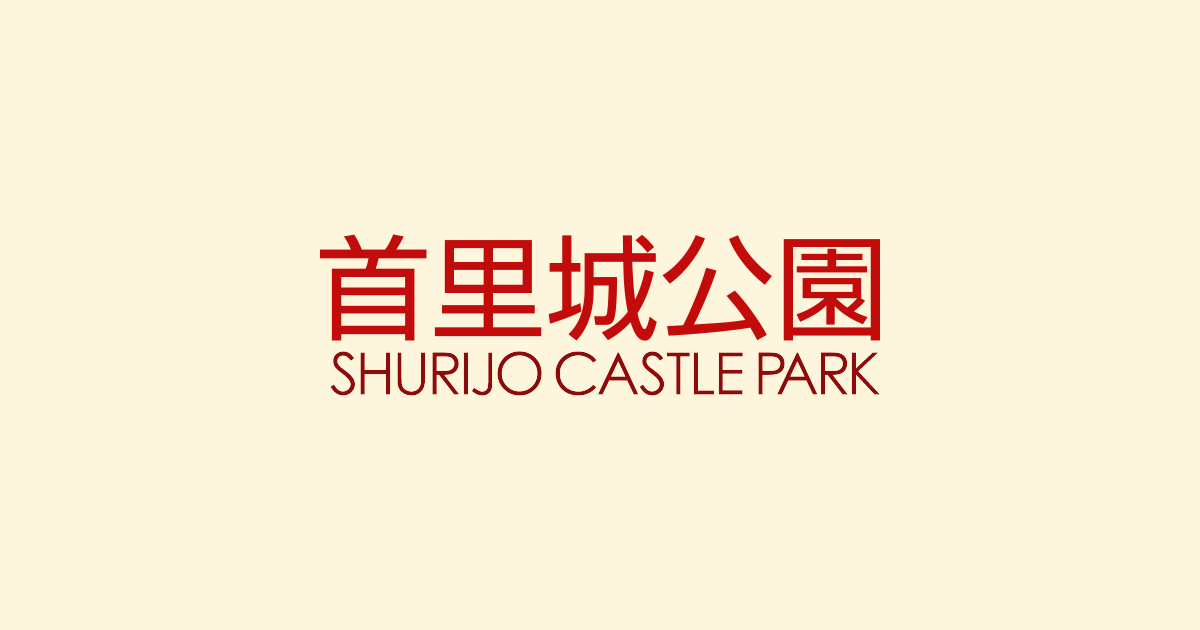
🐠 Churaumi Aquarium
One of the best in the world, this aquarium lets you walk beneath giant whale sharks, rays, and deep-sea creatures unique to Okinawa’s surrounding waters.
Churaumi Aquarium
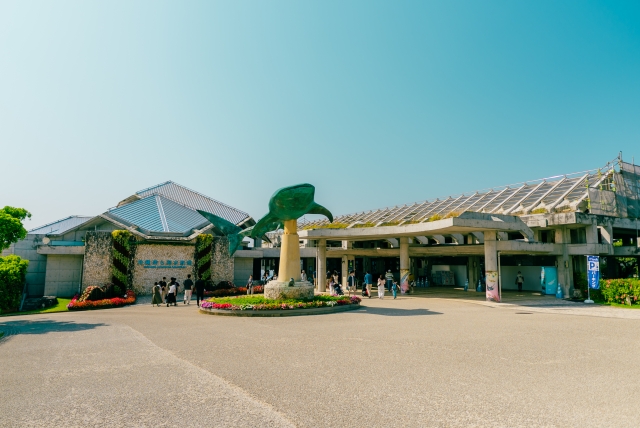
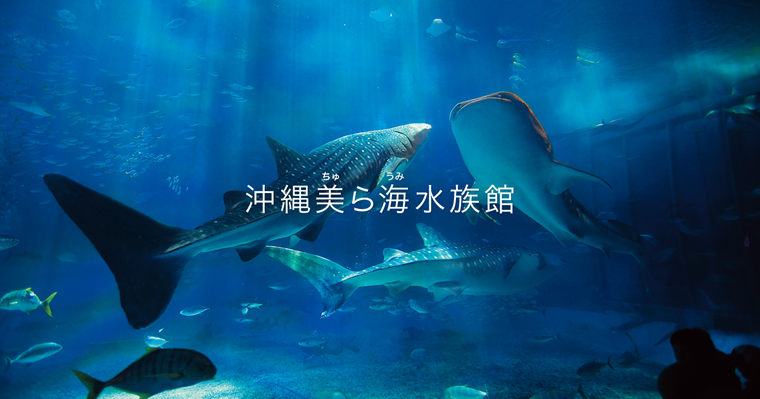
🌉 Kouri Island & Heart Rock
Cross a long bridge over crystal-clear seas to find a small, romantic island with a rock shaped like a heart—perfect for photos and beach lounging.
🛍️ American Village
A colorful mashup of US-style diners, street art, souvenir shops, and beach bars. It feels a little surreal, but it’s a great place to enjoy Okinawa’s unique blend of East and West.
🏝️ Remote Islands
Take a ferry to Zamami, Tokashiki, or Ishigaki for snorkeling, turtle spotting, and a more laid-back island experience.
🍲 Taste of the Islands: Okinawan Cuisine
Okinawan food is different from mainland Japanese food—lighter, earthier, and more influenced by Chinese and Southeast Asian flavors.
🥬 Goya Champuru
A stir-fry of bitter melon, tofu, pork, and egg. It’s nutritious, refreshing, and very Okinawan. Don’t let the bitterness scare you—it grows on you!
Goya Champuru
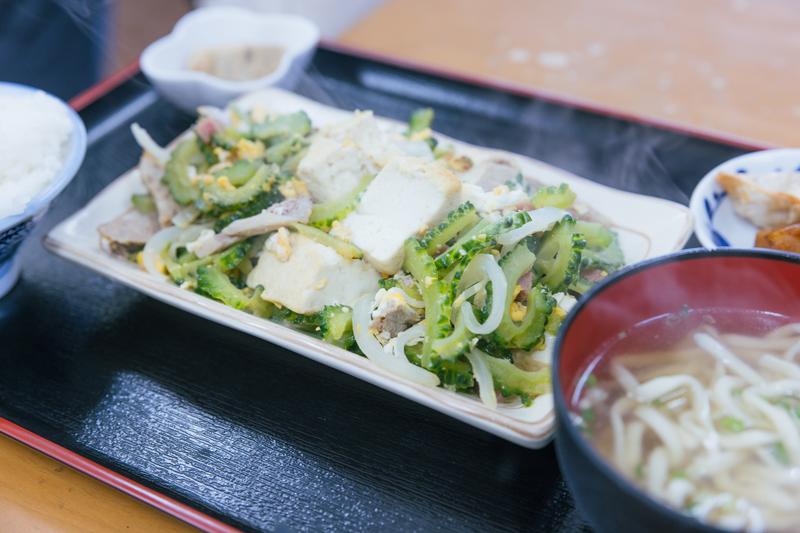
🍜 Okinawa Soba
Thick wheat noodles in a rich broth, topped with soft pork belly. It’s not like soba from other parts of Japan—think of it as comfort food with local character.
🥓 Rafute
Braised pork belly simmered in soy sauce and Okinawan sugar. Melts in your mouth and pairs perfectly with rice.
🌮 Taco Rice
Yes, tacos—on rice! A post-WWII invention combining American ingredients with Japanese staples. Ground beef, lettuce, cheese, and salsa over white rice. Sounds strange, but it’s delicious.
🍶 Awamori
A distilled spirit unique to Okinawa, made from Thai rice and black koji mold. It’s strong, smooth, and often shared during celebrations with heartfelt toasts.
🧭 Surprising Culture and Everyday Life
⛱️ More Chill Than the Mainland
People rarely rush. Schedules are more flexible. Things may start late, but no one minds. It’s part of the charm.
🚙 Car Culture
Okinawa’s public transportation is limited, so most locals drive. Roads are wide, and left-hand-drive American cars are still common around US military bases.
🗣️ Uchinaaguchi – The Okinawan Language
You might hear words like “haisai ‘hello’ ” or “mensore ‘welcome’ “. It’s not just an accent—it’s a whole different language that reflects the island’s unique identity.
🇺🇸 American Influence
English signs, diners, and even some slang from the US military presence linger, especially near bases. It adds a quirky, international flavor to daily life—but it’s also part of a complicated past, so it’s best approached with respect and curiosity.
🐟 Uminchu – Life of the Fishermen
The word “uminchu” refers to Okinawan fishermen and their sea-connected culture. Markets like Makishi Public Market offer fresh catches and local seafood dishes that reflect generations of life by the sea.
🧠 Okinawa Trivia & Historical Notes
- Okinawa was once its own country—the Ryukyu Kingdom. It had strong ties with China and Southeast Asia before becoming part of Japan in the late 1800s.
- The Battle of Okinawa “1945” was one of the bloodiest in WWII and left deep scars on the islands. Many locals still pray at peace memorials.
- Shisa lions sit on rooftops and gates to ward off evil. You’ll see them everywhere—sometimes fierce, sometimes goofy.
- Eisa dancing is a powerful, drum-filled traditional dance performed during summer festivals to honor ancestors. If you visit during Obon season, don’t miss it!
🧳 Conclusion
Okinawa is more than just a beach destination. It’s a cultural cocktail—a blend of old kingdoms, island traditions, international influence, and laid-back lifestyle.
Whether you’re watching the sunset from a quiet island, slurping Okinawa soba in a local diner, or dancing to the beat of Eisa drums, you’ll discover that Okinawa offers something rare: a chance to experience Japan from a different angle.
Next stop? Chubu & Hokuriku, where mountains meet castles and sake flows like rivers.
P.S.
I have only been to Okinawa once, but I have an image of a warm climate and beautiful ocean. I also have an image of generous people. Yakushima Island is also located in that direction, so people who want to experience the great outdoors should go there.
またね “Matane”!
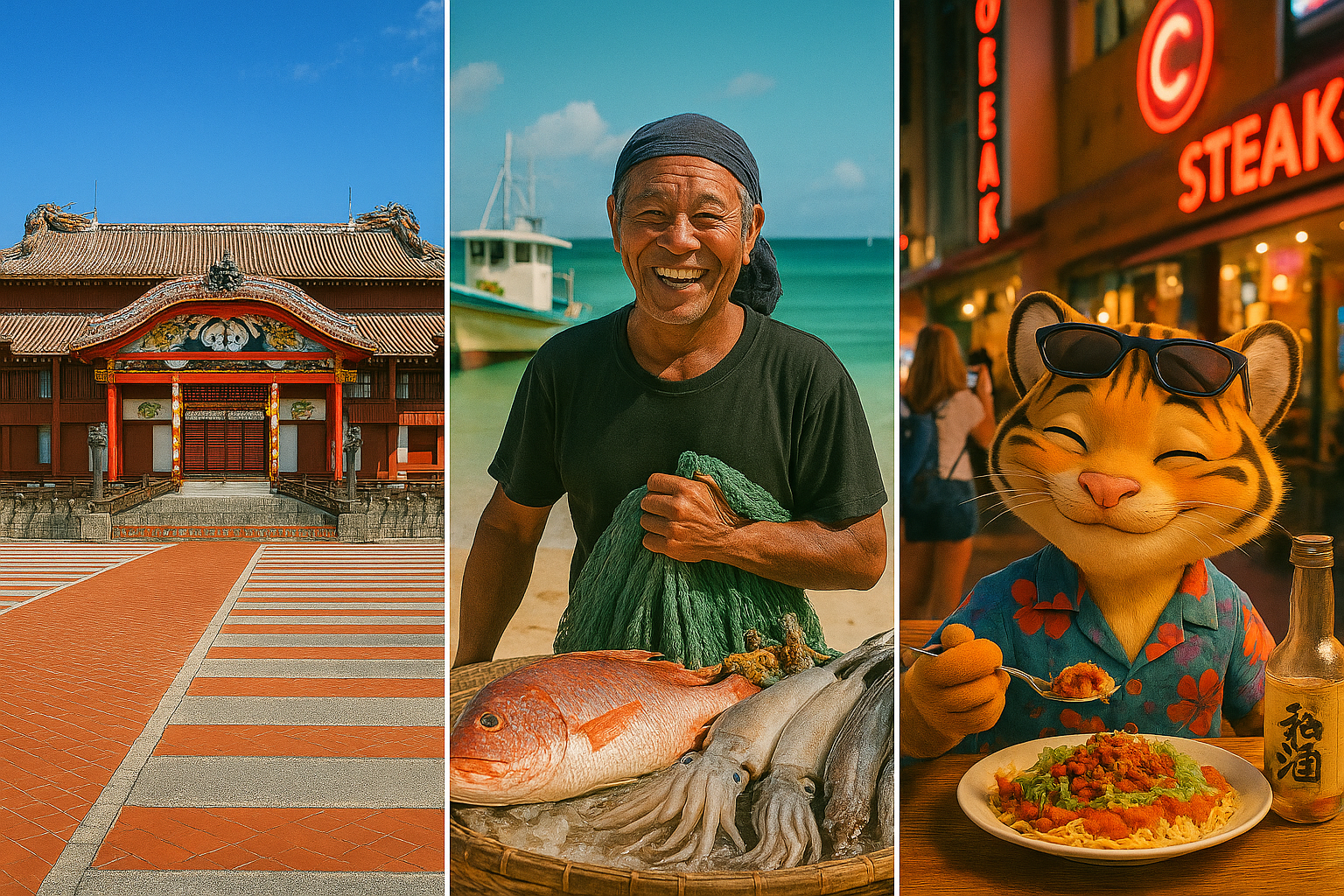


コメント